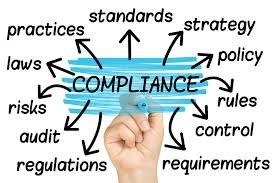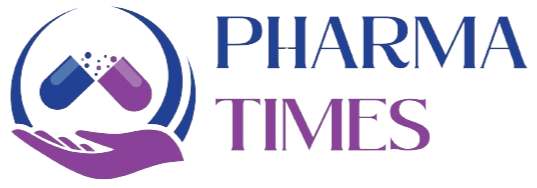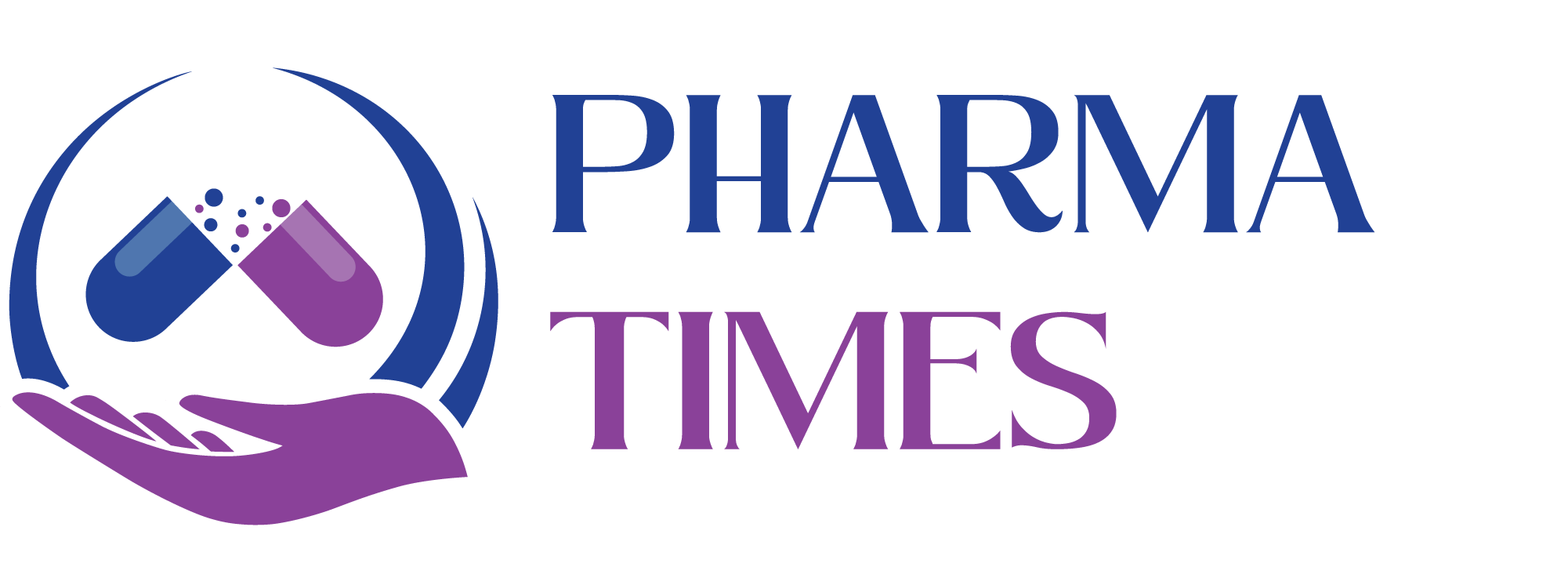Pharmaceutical Compliance and Product Quality

Pharmaceutical Compliance and Product Quality
1. Pharmaceutical Compliance
Definition:
Adherence to all applicable laws, regulations, guidelines, and internal SOPs that govern pharmaceutical manufacturing, testing, storage, and distribution.
Key Compliance Areas:
-
GMP (Good Manufacturing Practices): As per WHO, USFDA 21 CFR Parts 210 & 211, EU GMP.
-
GLP (Good Laboratory Practices): For analytical and QC labs.
-
GDP (Good Distribution Practices): Ensuring product integrity during transport and storage.
-
Regulatory Submissions: Meeting requirements of FDA, EMA, CDSCO, MHRA, etc.
-
Data Integrity: Following ALCOA+ principles for accurate and reliable data.
-
Training & Documentation: Ongoing staff training and SOP adherence.
Importance:
-
Ensures legal and regulatory approval.
-
Prevents recalls, warnings, and penalties.
-
Maintains customer trust and brand reputation.
2. Product Quality
Definition:
The degree to which a pharmaceutical product meets predefined specifications for identity, strength, purity, and performance.
Quality Principles:
-
Quality by Design (QbD): Designing processes to ensure consistent quality.
-
Quality Risk Management (QRM): Identifying and mitigating potential quality risks.
-
Continuous Improvement: Using CAPA and trend analysis.
-
Quality Metrics: Monitoring parameters like deviation rates, OOS, complaints, and rejections.
Determinants of Product Quality:
-
Raw Material Quality – Approved vendors, proper testing.
-
Manufacturing Process Control – Validated processes and equipment.
-
Analytical Testing – Validated methods (HPLC, GC, dissolution, etc.).
-
Stability – Shelf-life supported by stability studies.
-
Packaging – Protects product integrity.
-
Storage & Distribution – Maintains conditions as per label.
Relationship Between Compliance and Quality
-
Compliance without quality = Legal adherence but risk of substandard products.
-
Quality without compliance = Good product but not legally marketable.
-
Both together = Regulatory approval + safe, effective medicines for patients.
✅ Conclusion:
Pharmaceutical compliance ensures companies follow the rules, while product quality ensures the medicine works safely and effectively. Both are interdependent and critical for patient safety, regulatory approval, and business success.

